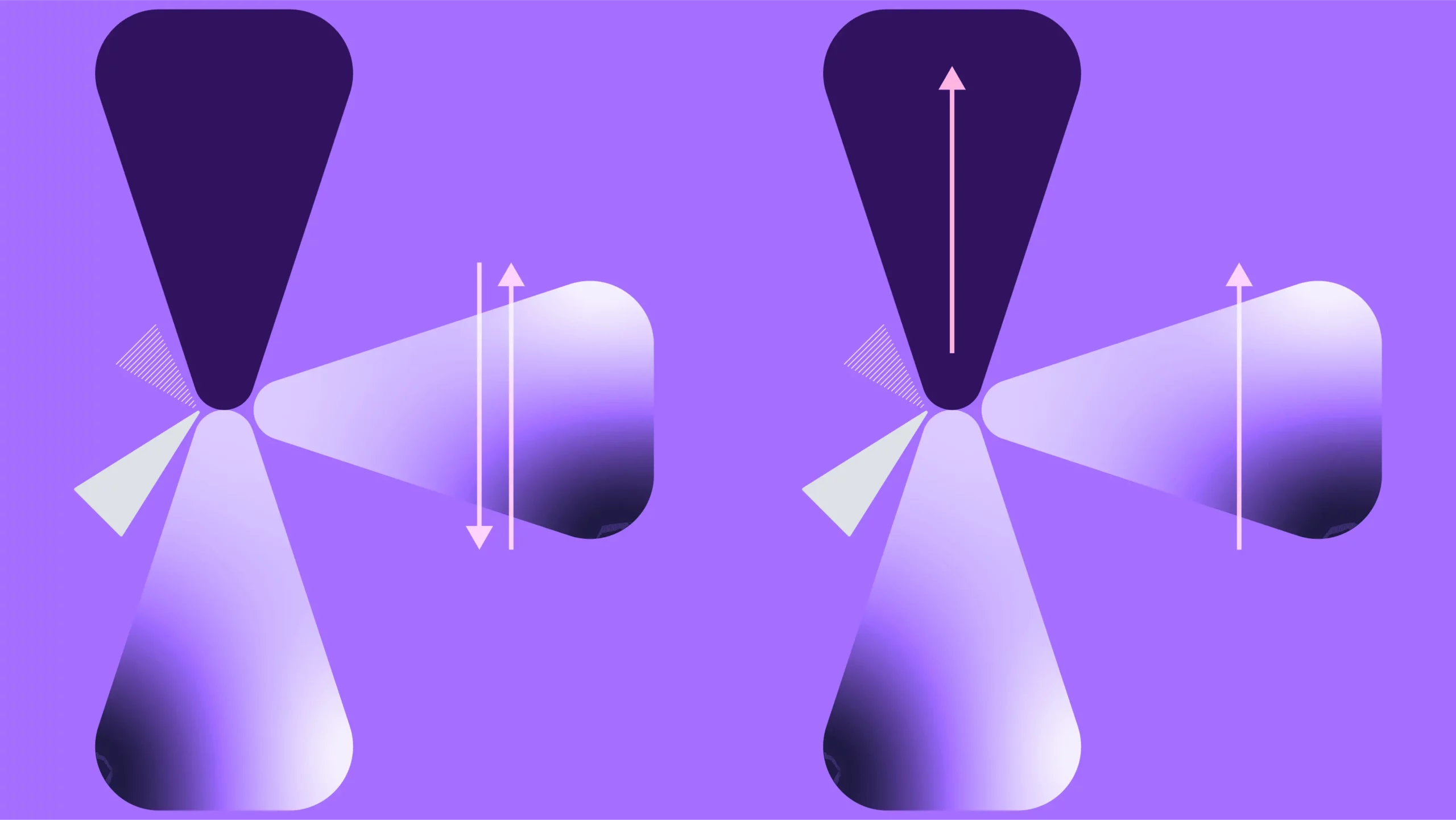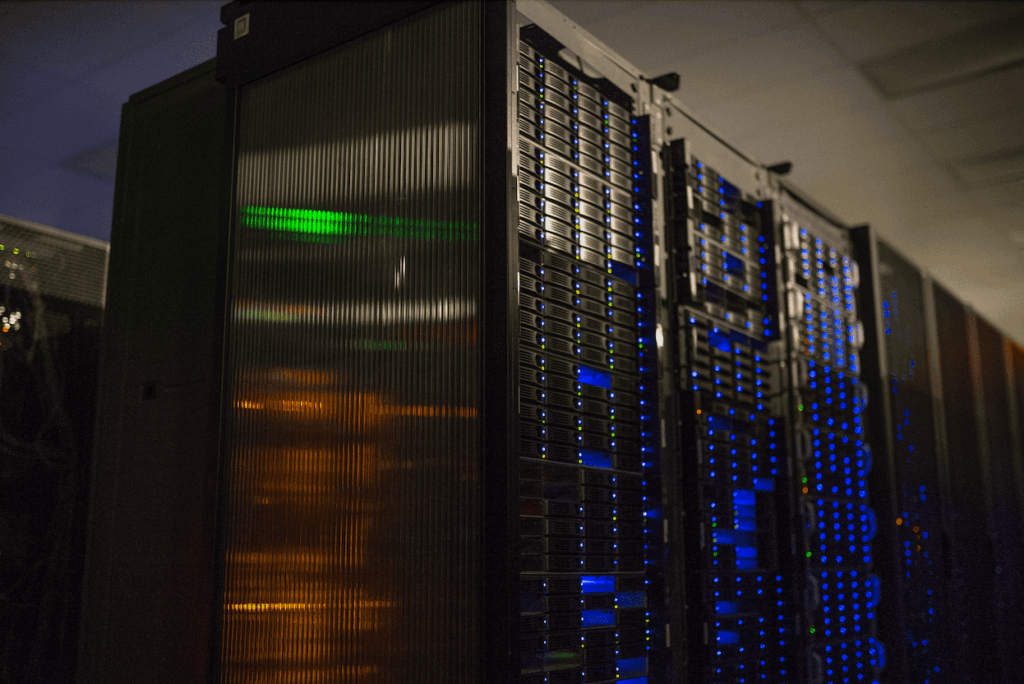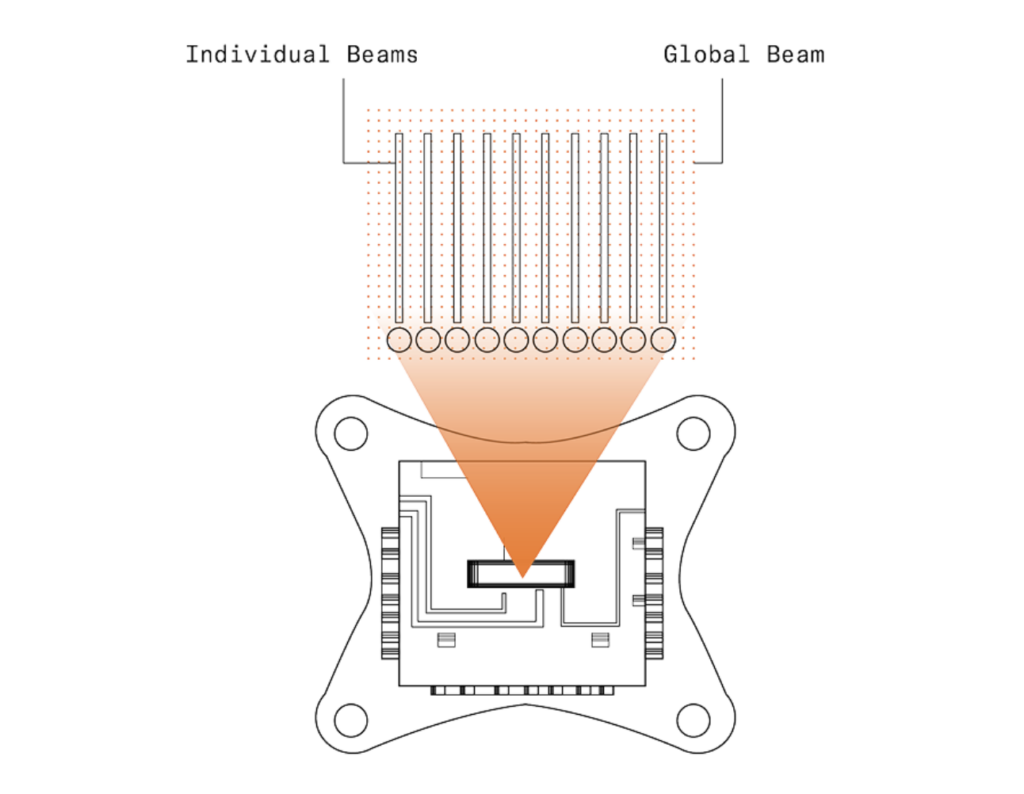Insider Brief
- IBM and Lockheed Martin researchers used a 52-qubit quantum processor to simulate the singlet and triplet states of the methylene (CH₂) molecule, marking the first application of the SQD method to an open-shell system.
- The quantum results closely matched high-accuracy classical and experimental benchmarks, with the singlet-triplet energy gap calculated at 19 milli-Hartree, near the experimental value of 14 milli-Hartree.
- The study highlights both the promise and current limitations of SQD, particularly in modeling strongly correlated systems, and points to its potential for near-term quantum advantage in chemistry.
A joint team from IBM and Lockheed Martin has taken a step forward in using quantum computing to tackle the accurate simulation of open-shell molecules like methylene — one of chemistry’s more stubborn computational challenges. According to a recent study published in the Journal of Chemical Theory and Computation, the researchers used quantum hardware to calculate the energies of the ground-state triplet and excited-state singlet of the methylene (or CH₂) molecule with surprising accuracy — bringing quantum methods closer to practical utility in electronic structure calculations.
According to the team, the findings mark the first successful application of a quantum-centric technique to an open-shell system, a class of molecules known for their computational complexity due to unpaired electrons and multi-configurational wavefunctions. The research team used a method called sample-based quantum diagonalization (SQD), implemented on a 52-qubit processor, to compute the singlet-triplet energy gap of methylene. Their results matched closely with high-accuracy classical benchmarks and experimental data.
Ultimately, this is important because it indicates that quantum computers are nearing the point that they can tackle real, chemically relevant challenges, according to the team.

“The new research marks the first application of the sample-based quantum diagonalization (SQD) technique to open-shell systems — an important milestone for quantum chemistry and its applications in aerospace, sensing and materials design,” IBM researchers Javier Robledo-Moreno, Gavin Jones, Roberto Lo Nardo and Robert Davis write in a blog post on the work. “IBM researchers believe that SQD is a prime candidate for near-term demonstrations of quantum advantage, as it allows researchers to combine the best of high-performance quantum computers and high-performance classical computers in tackling interesting simulation problems.”
Moving Past the Limits of Classical Chemistry
Open-shell molecules such as methylene have long presented a formidable challenge in computational chemistry. Traditional methods like density functional theory and Hartree-Fock often fail to capture the subtleties of these systems, especially when electron correlation effects become significant. The most accurate classical techniques, including full configuration interaction (FCI) and selected configuration interaction (SCI), are computationally expensive and impractical for anything but the smallest molecules.
However, quantum computing can natively simulate the behavior of electrons, offering a potentially more efficient path to high-accuracy results. The SQD method, used in this study, samples bit-string representations of electronic states and reconstructs molecular wavefunctions from quantum measurements. While earlier applications of SQD had focused on closed-shell molecules and molecular complexes, this study extended the method to the more complex case of methylene’s open-shell ground state.
Method and Results
The researchers modeled the CH₂ molecule as a six-electron system across 23 orbitals, encoded using 52 qubits. Calculations were performed on IBM’s quantum processor (ibm_nazca) using a compact quantum chemistry model — specifically, a Local Unitary Cluster Jastrow (LUCJ) ansatz — to generate initial guesses for the molecular wavefunction. Post-processing involved a self-consistent error recovery method to mitigate quantum noise and improve particle number conservation.
They calculated the potential energy surfaces for both the singlet and triplet states across a range of C–H bond lengths. The energy results calculated with the SQD quantum method for the singlet state were extremely close — just a tiny fraction off — from the trusted values produced by advanced classical methods, showing the quantum approach was highly accurate. The results for the triplet form of the molecule were slightly less accurate but still impressively close — on average, just a small difference near the stable bond length (about 7 milli-Hartree).
Most importantly, the energy gap between the two forms of the molecule, as calculated by the quantum method, was much closer to what experiments show (19 milli-Hartree vs. 14 milli-Hartree) than what conventional techniques predicted (24 milli-Hartree), showing the quantum approach may be capturing the underlying physics more accurately.
Implications for Aerospace and Defense
Methylene, while simple, is chemically significant in fields like combustion and interstellar chemistry. Accurately modeling such radicals could improve simulations in areas ranging from rocket plume diagnostics to chemical sensing and environmental monitoring. The successful use of quantum hardware for these calculations suggests that similar approaches could eventually apply to larger, more complex systems relevant to aerospace and defense applications.
For defense contractors like Lockheed Martin, the ability to model transient or hazardous molecules using quantum simulations could lead to more predictive and safer material design workflows.
Limitations and Future Directions
Despite the promising results, the team recognized some limitations. For example, the study highlighted performance degradation in modeling the triplet state at larger bond distances, where the electronic wavefunction becomes more dispersed and harder to capture with the current quantum sampling strategy. The researchers noted that the SQD method’s accuracy hinges on effective bit-string recovery and the representational capacity of the quantum ansatz, both of which are strained in regions of strong static correlation. In other words, the quantum method works best when it can clean up noisy results and accurately represent the molecule’s behavior, but that gets harder when the electrons are strongly interacting and the system becomes more complex.
To address this, the team suggests developing new methods to generate more diverse spin-configured samples and improving the algorithm’s ability to represent multi-reference wavefunctions. Enhancements to the quantum error correction and symmetry recovery procedures could also extend the method’s applicability to larger systems.
Toward Utility-Scale Chemistry
This study might be an important step in what’s been an incredibly long journey toward utility-scale quantum chemistry. By demonstrating that a hybrid quantum-classical approach can yield chemically accurate results for an open-shell system using current noisy intermediate-scale quantum (NISQ) hardware, the work lays a foundation for future applications.
If scaled up, these techniques could eventually be used to study larger radicals, transition metal complexes, and other chemically and industrially relevant systems that remain out of reach for conventional methods. As quantum hardware improves and error rates decline, quantum-centric approaches like SQD may become a go-to tool for scientists and engineers working in chemically demanding fields.
The study signals that quantum computing, long considered a speculative tool for chemistry, is beginning to prove its worth — even under our current noisy, resource-limited era of quantum computing.
The IBM team writes: “This study shows that quantum computers are starting to deliver value in real chemical simulations — not just toy problems or idealized systems. As quantum hardware continues to improve and methods like SQD mature, we’re opening the door to modeling complex reaction dynamics and designing better materials with the help of quantum tools.”


















